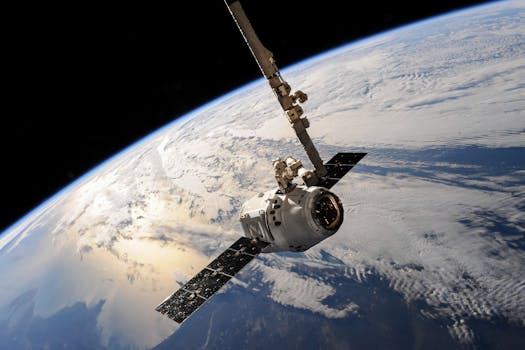
GEO Satellites: Unlocking the Power of Geostationary Orbit
GEO satellites, or Geostationary Earth Orbit satellites, are a type of satellite that orbits the Earth at an altitude of approximately 36,000 kilometers, remaining stationary relative to a fixed point on the planet. This unique characteristic allows GEO satellites to provide continuous coverage of a specific region, making them ideal for a wide range of applications, including satellite communications, navigation, and weather forecasting.
How GEO Satellites Work
GEO satellites take advantage of the principles of orbital mechanics to maintain their position in the sky. By orbiting the Earth at a speed of approximately 3,070 meters per second, GEO satellites can complete one orbit in exactly 24 hours, which is the same amount of time it takes the Earth to rotate once on its axis. This synchronization enables GEO satellites to remain stationary relative to a fixed point on the Earth’s surface, providing a constant and reliable signal.
Applications of GEO Satellites
GEO satellites have numerous applications, including satellite communications, navigation, and weather forecasting. In the field of satellite communications, GEO satellites are used to transmit data, voice, and video signals across the globe, providing connectivity to remote and underserved areas. Navigation systems, such as GPS, rely on GEO satellites to provide location information and timing signals. Weather forecasting also benefits from GEO satellites, which can monitor cloud patterns, atmospheric conditions, and other meteorological phenomena to predict weather patterns.
Advantages and Challenges of GEO Satellites
GEO satellites offer several advantages, including high gain antennas, which enable them to transmit and receive signals with greater efficiency. Additionally, GEO satellites can provide continuous coverage of a specific region, making them ideal for applications that require constant connectivity. However, GEO satellites also face challenges, such as signal latency, which can be a problem for applications that require real-time communication. Furthermore, the high altitude of GEO satellites can make them more susceptible to solar and cosmic radiation, which can affect their performance and lifespan.
Future Developments and Innovations
The future of GEO satellites looks promising, with several innovations and developments on the horizon. The introduction of high-throughput satellites (HTS) is expected to increase the capacity and efficiency of GEO satellites, enabling them to support a wider range of applications, including 5G networks and IoT devices. Additionally, the development of new propulsion systems and materials is expected to improve the performance and lifespan of GEO satellites, reducing the risk of signal latency and increasing their overall reliability.



